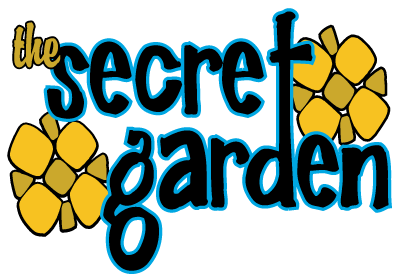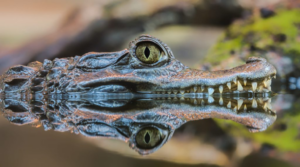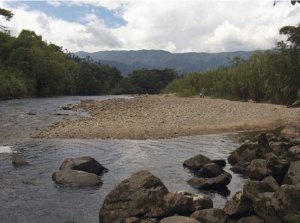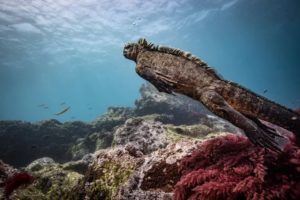The Kichwa people are the largest indigenous group in the Ecuadorian Amazon region, with a population of around 55,000 people. They are descendants of native people who were “Quechuaised” during different historical periods, particularly during the colonial period. This introduction of Quechua resulted in the loss of the native language in many villages, and in some cases, its use was reduced to just a few individuals.
Agriculture and Traditional Practices
The Kichwa indigenous community in the Amazon region are predominantly agriculturalists, supplementing their diet with traditional hunting practices and food from outside markets. They have extensive knowledge of medicinal plants and fruit trees and are experts in the planting and harvesting of yucca, plantain, coffee and cacao.
Cultural Customs
Kichwa is the mother tongue of this nationality, and the second language is Spanish, a legacy of Hispanic domination. The Kichwa also have unique cultural customs. One such custom is putting chilli in the eyes of newborn children, or disobedient children, as a form of punishment. The elders of the community usually apply this practice. The women who plant yucca paint their foreheads with achiote in the form of a cross and carry forest leaves to bless the yucca stakes. Before planting yucca, they perform a preparatory ceremony to get the help of natural forces such as the chacra amu. This involves the use of face paints made with the plant called manduru.
Clothing and Traditions
The original clothing of Kichwa people was made with materials from the area and animal hides. Women wore skirts made of lanchama and pita, while men wore long trousers to the ankle made of deer leather. Neither men nor women wore shoes. However, only around 10% of Kichwa people now maintain the traditional dress, with most people adopting western style clothing. This is especially the case for the younger generations, who are influenced by nearby cities where they go to study.
Communication and Entertainment
The shout and the blowing of the snail are mechanisms of collective communication with symbolic representation in the daily life of the Kichwa people. The shout is performed when a leader returns from a commission or hunters arrive at the hamlet with abundant meat. Meanwhile, Kichwa people use the blowing of the snail with different tonal varieties depending on the occasion. In one case, the tone represents the death of a member of the community. Different tones represent the call to minga, assemblies, and ceremonial acts.
The Kichwa also have traditional instruments, such as the drum, the flute, the violin, and the turtle. The drum is made of animal skin and cedar wood, with pita chambira and wax pipes, while the flute is made of guadua. They still play traditional games such as “cogidas,” the throwing of pepas, and verbal messages, in addition to modern games like football and volleyball.
Language and Education
In recent decades, Kichwa people have been increasingly exposed to urban Ecuadorian culture. This has led to a decline in the number of Kichwa who wear traditional dress. Most men and young people of working age are fluent in Spanish, in addition to Kichwa. On the other hand, women and the elderly often have only basic Spanish skills and communicate primarily in Kichwa. However, the Kichwa of Pastaza have established their own institutions, laws, and norms in order to organise themselves, reduce their dependence on external support, and exercise their rights.
Conclusion
The Kichwa people of the Ecuadorian Amazon region have a unique cultural heritage, with their customs, language, traditional practices, and clothing. While they have faced challenges such as language loss and the influence of urban culture, they continue to maintain their unique identity and have established their own institutions to exercise their rights and preserve their cultural heritage.







